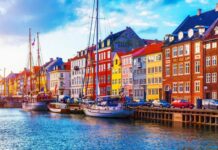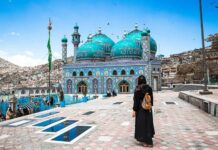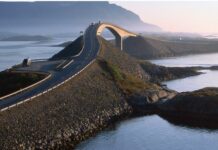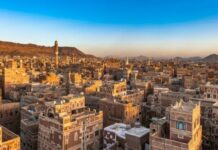The absolute essence of the Greek summer, a model of tourist development and a kingdom of Aegean lifestyle! Mykonos is the utter Greek destination. Here’s a mini travel guide with everything you will need to experience on The Island of the Winds.
Mykonos is the world famous island in the Aegean. It is located southeast of Tinos and east of Syros, and is part of the same island archipelago with Delos, Rhenia and some rock islets. The capital of island is Chora located in the western part of the island.
According to the legend, Mykonos was created during the Gigantomachy when Hercules exterminated and buried the Giants under the imposing rocky formations of the island. The name “Mykonos” translates as the “pile of stones”. In a different version the island is named after the hero Mykonos, son of the king of Delos.
GIALOS
You first see Gialos as you enter Chora from the old parking lot. Before you head to the seaside promenade , you walk past Agia Anna beach and a short while later you will come across Manta Mavrogenous Square. The coast of Gialos houses restaurants, cafes and bars while the Church of Agios Nikolas of Kadena dominates the edge. Gialos is also a point of departure for the ships to Delos.
MATOGIANNI
You could certainly say that this is the most picturesque alley of the Cycladic islands. The cosmopolitan passage that starts from Gialos and leads to Ceasar’s Triangle brings together renowned jewelers, designer shops, boutiques and bars.
CHORA
The capital of Mykonos will remind you of an intriguing labyrinth and rightfully so, since this way was created in order to scare the pirates away. With whitewashed alleys and little houses, chapels, blooming bougainvillea and charming shops, it is definitely one of the most beautiful island towns. The central axis of Chora is the famous Matogianni, the most privileged promenade that leads to EnoplonDynamean street and the heart of the vibrant nightlife. Other central points are the Agia Kiriaki square, which is packed with bars and used to house the legendary Pieroo’s and the Castle.
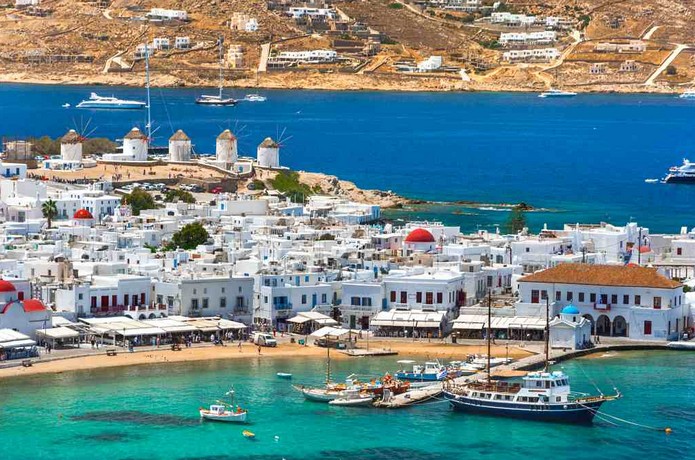
PARAPORTIANI
The picture- perfect temple, a work of an anonymous Mykonian craftsman, was named after the paraport, meaning the small entrance next to the Castle. Luminous with its totally white looks, the most photographed church of the Aegean constitutes a shattering representative mark of the medieval Cycladic architecture. The complex structure, which is set up on the west side of the Kastro area since the 16th- 17th century, consists of five temples that are constructed in two levels.
LITTLE VENICE
This picturesque district is mostly responsible for the island’s popularity. Little Venice is a small seaside neighborhood with the colorful Captain’s houses that resemble a real life postcard. Around the middle of the 18th century, the wealthy merchants and ship owners of the times began to build the beautiful white mansions with the red and blue roofed verandas literally hanging above the sea, on the right side of Alefkantra bay. This was the turning point of the area’s tourist identity: the quaint houses were restored, renovated and turned into romantic villas, cocktail bars and restaurants overlooking the Mills and the Mykonian sunset. Drinking a cocktail at sunset here is the equivalent to a Cycladic life experience.
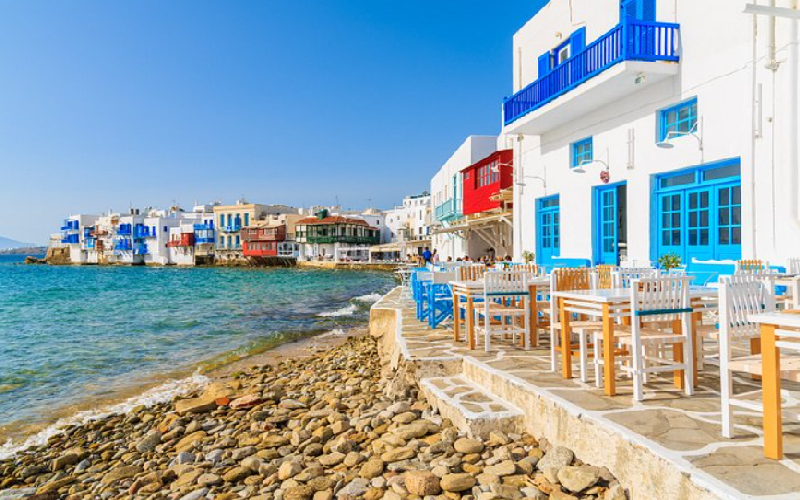
LOWER WINDMILLS
The most famous Cycladic mills are another landmark of Mykonos, as well as the monument of the Aegean culture. They once functioned as food processing units that served the locals for many years. Today, however, their mission is to transport the island’s beauty around the world. From dawn to dusk, the seven whitewashed, circular buildings built over the sea on the hill between Niohori and Alefkandra, are turned into the tireless photography subjects of the enchanted visitors.
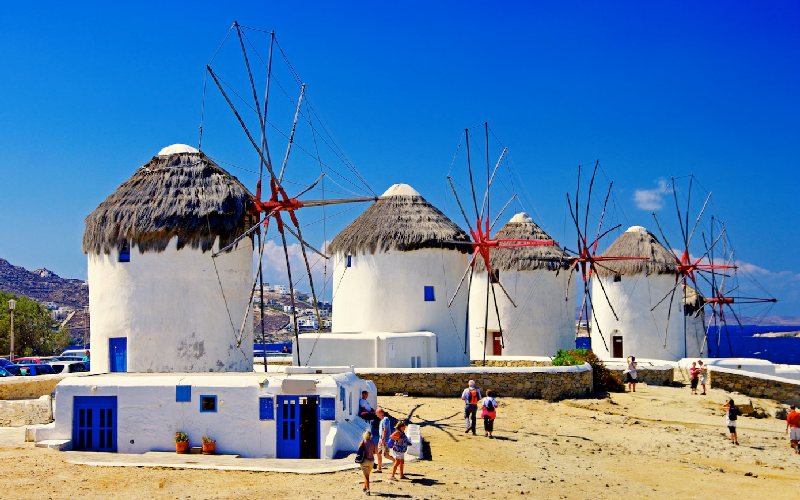
ARMENISTIS LIGHTHOUSE
If you ask for the insider’s recommendation, you’ll be advised to enjoy the enchanting sunrise from the grounds of the Armenistis lighthouse. The lighthouse was built in 1891 at the location of Fanari of the cape Armenistis, approximately 5km northwest of Chora, leading to the Church og Agios Stefanos. Its construction was decided after the British steamboat Volta sank, causing the death of 11 crew members in 1887 on the north coast of Mykonos. The tower rises up to 19m and it has a focal height of 184m. The mechanism of the original lamp was made by Sauter Lemonier and functioned at the top of the lighthouse until 1983. Since then, part of it is kept in the garden of the Aegean Maritime Museum area in Chora.
BONIS WINDMILL
Have you ever wondered what the inside of a traditional mill looks like and exactly what it took to make it work? The Agricultural Museum gives you all the answers. It includes all agricultural installations for agricultural products processing (well, wine- press, oven, miller’s house) as well as the Bonis Windmill. On the ground floor of the perfectly preserved windmill you will find the area where the flour used to be weighed and collected. On the first floor you will find the warehouse and on the last floor the distinctive grinding mechanism.
LENA’S HOUSE
Another annex of the Folklore museum has been named after the latest owner, Lena Scrivanou. As you pass inside, you are automatically transferred to a typical middle class ground floor residence of the 19th century. Here you will see mirrors, needle works, paintings and handy or decorative items in their natural place.
ANO MERA
It is the opposite of the lively Chora. The second settlement of the island derived from the consolidation of many villages- in the local dialect the term “village” has the meaning of autonomous residence next to a farmland- 8km away from Chora. Unique by nature, calm and relaxing, Ano Mera seems like a pleasant break from the hectic atmosphere of Chora. It invites you to go uphill, towards the open paved square which was constructed just in 2001. The most important sight of the area is the beautiful Monastery of Panagia Tourliani and it is definitely worth a visit.
DELOS
Mykonos owes Delos a part of its fame since the first tourists were visitors eager to travel by tugboats to the sacred island of the distant past. The holy island of the ancient times is located 6 n.m southwest of Mykonos. The golden city with the columns, the mosaics, the statues, the ancient theatre and the bygone wealthy districts, came to light again in 1873 after the excavations of the French Archaelogical School of Athens. In 1990, Delos was declared a monument of global cultural heritage by UNESCO. Today, in the archaeological site of Delos, one will see arcades, markets, worship centers and temples of Apollo, Artemis, Leto etc. You will also come across the Avenue of Lions and the Theatre district with the ancient theatre from the 3rd century BC. You can access Delos by tourust boats from the port of Gialos, next to the church of Agios Nikolaos.

